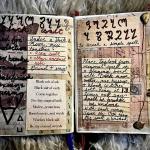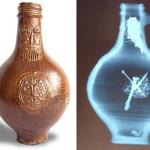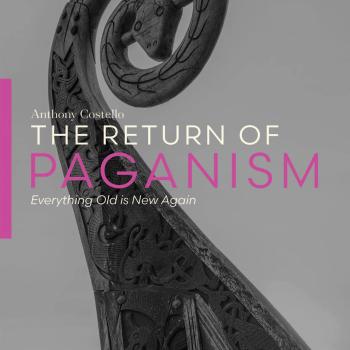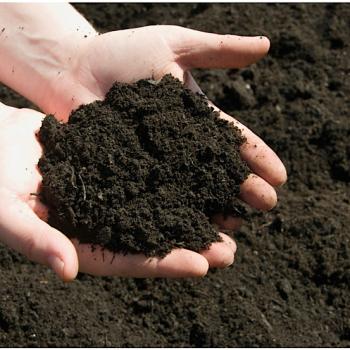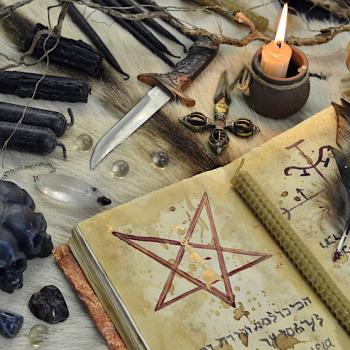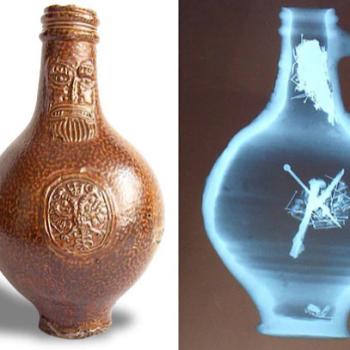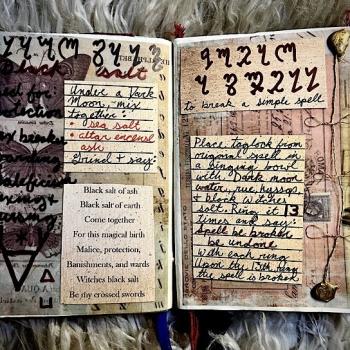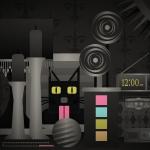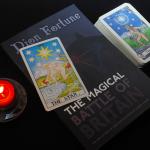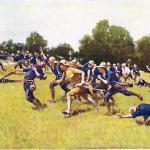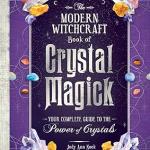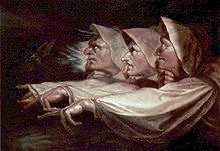
“Round about the cauldron go;
In the poisoned entrails throw.
Toad, that under cold stone
Days and nights has thirty-one
Sweltered venom sleeping got,
Boil thou first i’ th’ charmed pot.
Double, double toil and trouble;
Fire burn, and cauldron bubble.
Fillet of a fenny snake,
In the cauldron boil and bake;
Eye of newt and toe of frog,
Wool of bat and tongue of dog,
Adder’s fork and blind-worm’s sting,
Lizard’s leg and owlet’s wing,
For a charm of powerful trouble,
Like a hell-broth boil, and bubble.”
The witches of Macbeth
For as long as witches have been a thought, the cauldron has accompanied them. In modernity, the cauldron carries with it a certain connotation, but in history, a cauldron was no more than dish wear. Sometimes, it might be the only pot to cook with this an entire household. It’s where stews were constantly being stirred, where water might be boiled, where the sustenance that gave us fuel was brewed.
So when we look back at artistic renderings of the witch, it’s important to remember the cauldron itself was a natural part of every home. Now what was put in that pot is where the magic lies.
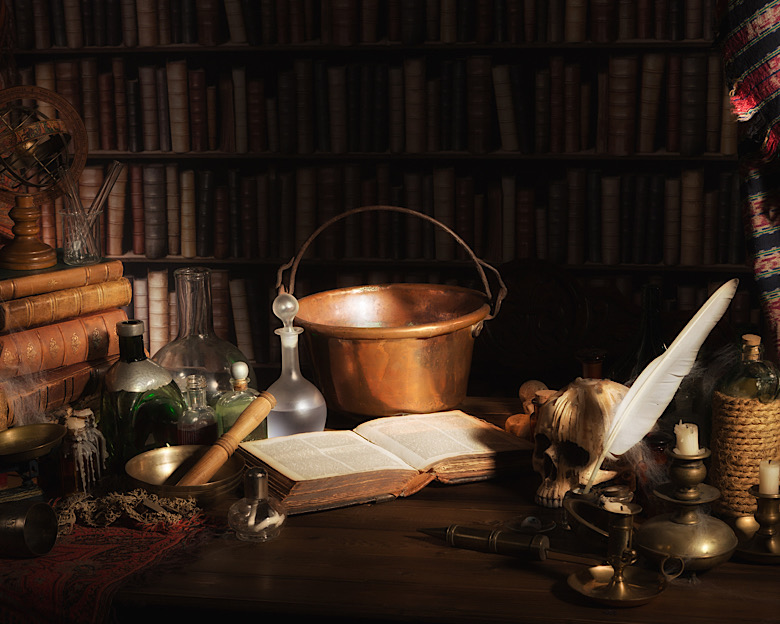
In modem Wicca, many tools have historically been gendered like athames and wands being penetrative and chalices and cauldrons being receptive. In my opinion, I feel that system of ideas may not work for everyone, but I do think there’s great symbolism in working with our cauldron as a birthing place of creation.
When we craft magic and spells, many times, we do so in a fire safe bowl or pot. We might be burning things or boiling things to extract spirits. We might be stirring things and adding herbs or sigils. These aren’t just spell ingredients. They are spirit allies. As an animist, I believe spirit resides in everything. That means I’m not cooking up a spell with a simple recipe. I’m conjuring the spirits that live within the items.
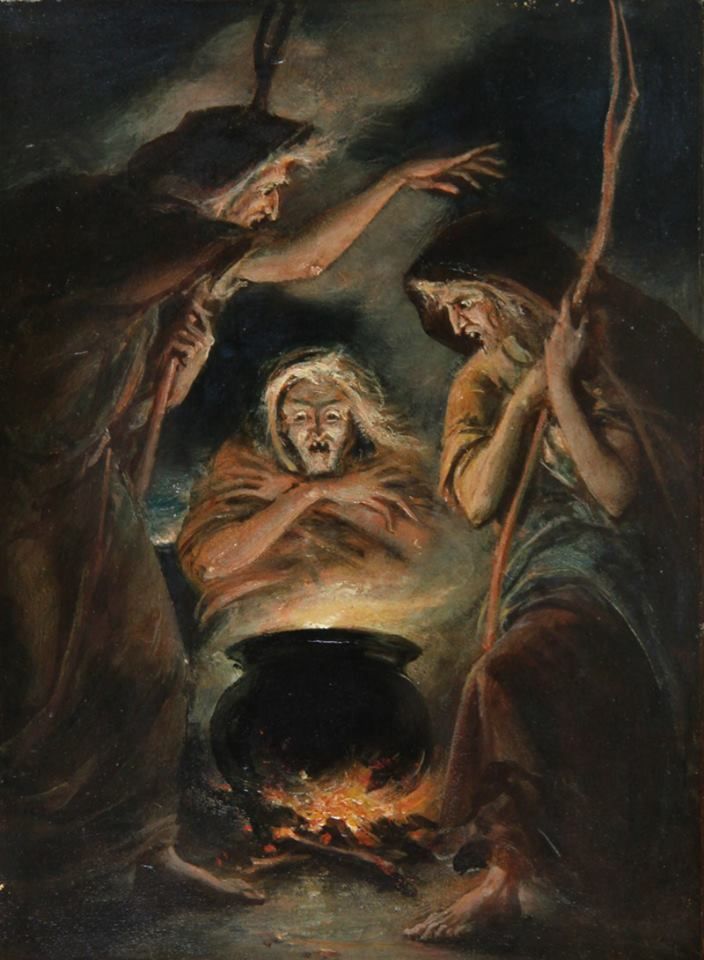
In the lines from Macbeth above, we seen these things being added to the boiling cauldron, some even are believed to be folk names for common herbs back in Elizabethan times. The point of this part of the play is to show these witches are creating something. They are creating a charm, a spell, a new spirit from the combination of single spirits. This conjuration then is sent off to do the job it was called for.
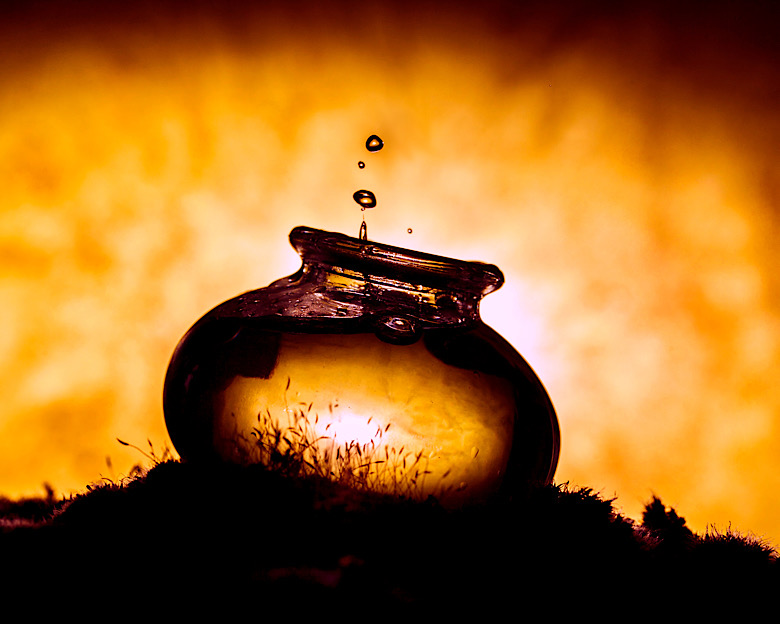
It isn’t any different when we as real modern practitioners work with our cauldrons. It may not have the same nefarious zing to it, but ultimately, when we burn herbs and petitions in them, when we brew simmer pots, or tea, or stir up ashes and thorns with a taglock, we are birthing something new into the world. We are creating something that didn’t exist before. We are bringing to life our will and desire through magical means.
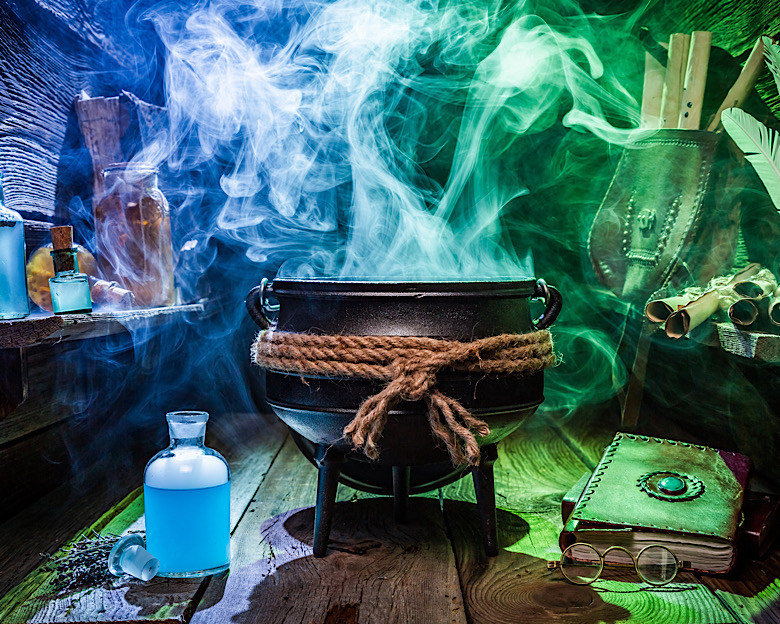
In my practice, I call it the Cauldron of Creation, because within the cast iron blackness there exists an entire universe waiting to be called forth. It’s time to stop seeing our tools as simple things to buy, collect, put on our altars, and take pictures of. It’s time to stop thinking of our tools as just tools. Our tools are spirits too. When we change how we consider these spirits, we change how we understand our craft.
So next time you’re casting a spell, brewing a potion, or burning a petition, remember, you’re bringing new and purposeful life into your reality. You’re performing a Cauldronacle birth.
Congratulations! It’s magic!
From the crossroads of Texas,
Marshall WSL


